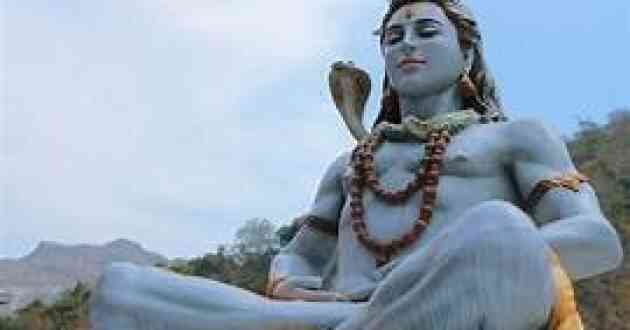Significance Of Dance To The Native Americans
Significance of Dance to the Native Americans
Significance of Dance to the Native Americans
Joseph Parish
In this rant I have selected to discuss the significance of the dance to the South Plains Indian Tribes. Dancing has long been recognized as a fundamental element of the Native American culture, and has often been considered to be a form of cultural resistance as well, based on its rich religious and military significance. These dance routines were grouped into military, religious or social categories which provided for significant functions within Plains Tribe society. We find that the war dances played particular roles as it developed within the reservation society.
Dance to the Native American’s has always been significant as both a means of amusement, and for purposes of their solemn duties. We find them employed as religious and other ceremonial rituals while some are performed to ensure success in hunting, harvesting or simply to give thanks for what they have. Dances such as O-ho-mah Dance, or the Grass Dance, as well as the Drum Dance, emerged prior to the reservation era and was a common practice among the plains Indians. Usually the dances were conducted around a huge fire with the movements used as an indication for the purpose of the dance, whether it was intended as a prayer, for victory over their enemies, or as a means of expressing thanks. The dances varied greatly from the use of a drum solo, or their combined voices to the sounds of bells and rattles. The significance placed upon these particular dances was their adoption as a replacement for war honors of departed Indian men. As America entered several World Wars these dances were once again revived and performed by the Indian communities for the fallen military Native Americans.
The dance provided the Plains Indian with a way of preserving their traditional cultural heritage, and their close association with nature and the earth. Those who opposed the dancing of the American Indians reported that the dancing was a stimulation of war dances, acted out by the Indian warriors to incite violence, thus prior to the 1930s this attitude made the dancing forbidden by order of the federal government. It was viewed that by banning the dance the Indians would be assimilated into the modern white culture. The dance was permitted via government policy for participation in exhibits or fairs along with Wild West Shows. This allowed the Indian to maintain their historical culture, and to keep on dancing.
The second factor which was working in the Indians favor to keep the dance, was they were quickly becoming aware of their legal rights. It was Red Buffalo in 1915 that challenged the ban on dancing and found that there were no actual laws on the books to prevent the Indian from doing so. By 1924, the Indians right to dance fell under the First Amendment. Dances today are still a vital aspect of the Native American culture.
On a different note, but still related to the Indian dance, we come across the Olmec Indians from Mexico and the southern hemisphere. The Olmec is viewed as a major civilization found in Mexico. This tribe flourished from 1500 to 400 BCE. Modern scholars have failed to determine what has caused the final extinction of the Olmec culture, contending that perhaps it was the result of serious environmental changes, however, I would propose the theory that their neighbors got tired of being eaten and eliminated the Olmec tribes. Further research would be needed to prove these theories one way or another.
The Olmec’s 17 colossal heads are the recognizable features left behind by this culture. Some of these heads weigh in at 61 tons, and are carved from a single block of volcanic basalt. It would take 1,500 people, 3 to 4 four months to move such objects. Some of these monuments have been mutilated, re-carved and even made un-noticeable. The point which I would like to bring up here is that flat-faced, thick-lipped heads tend to resemble African facial characteristics. It has been said that the Olmecs were Africans who immigrated to the New World while the continents were still essentially connected. From there they were reported to move northward. I bring this to light because of the alleged resemblance between the tribal dances in North America and to those of the African native tribes. It is said that the Olmec influenced other areas of the Americas as well, by way of long-range trade, colonization or perhaps by means of Olmec military domination.
Many credits have been assigned the Olmec, such as bloodletting and possible human sacrifice, writing and the invention of the zero, a calendar, a ballgame of sorts and the compass. The bloodletting theory is supported by the associated maguey thorns, and the natural and ceramic stingray spikes found at the excavation sites. Certain types of artifacts are usually associated with the act of bloodletting. Some sites have revealed disarticulated skulls and femurs and, in many cases, complete skeletons of newborn children indicating potential infant sacrifice. I could go on and on concerning the relationship of the Olmec and our American Indians, especially with their dancing, however, I shall leave that to you for further investigation. As I conducted my research, I found it to be a very interesting aspect of Native American culture.
Visit me at www.wordwriter.info


